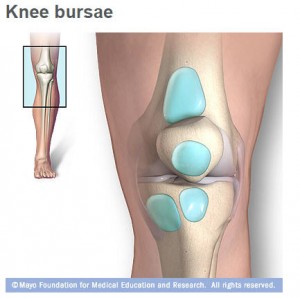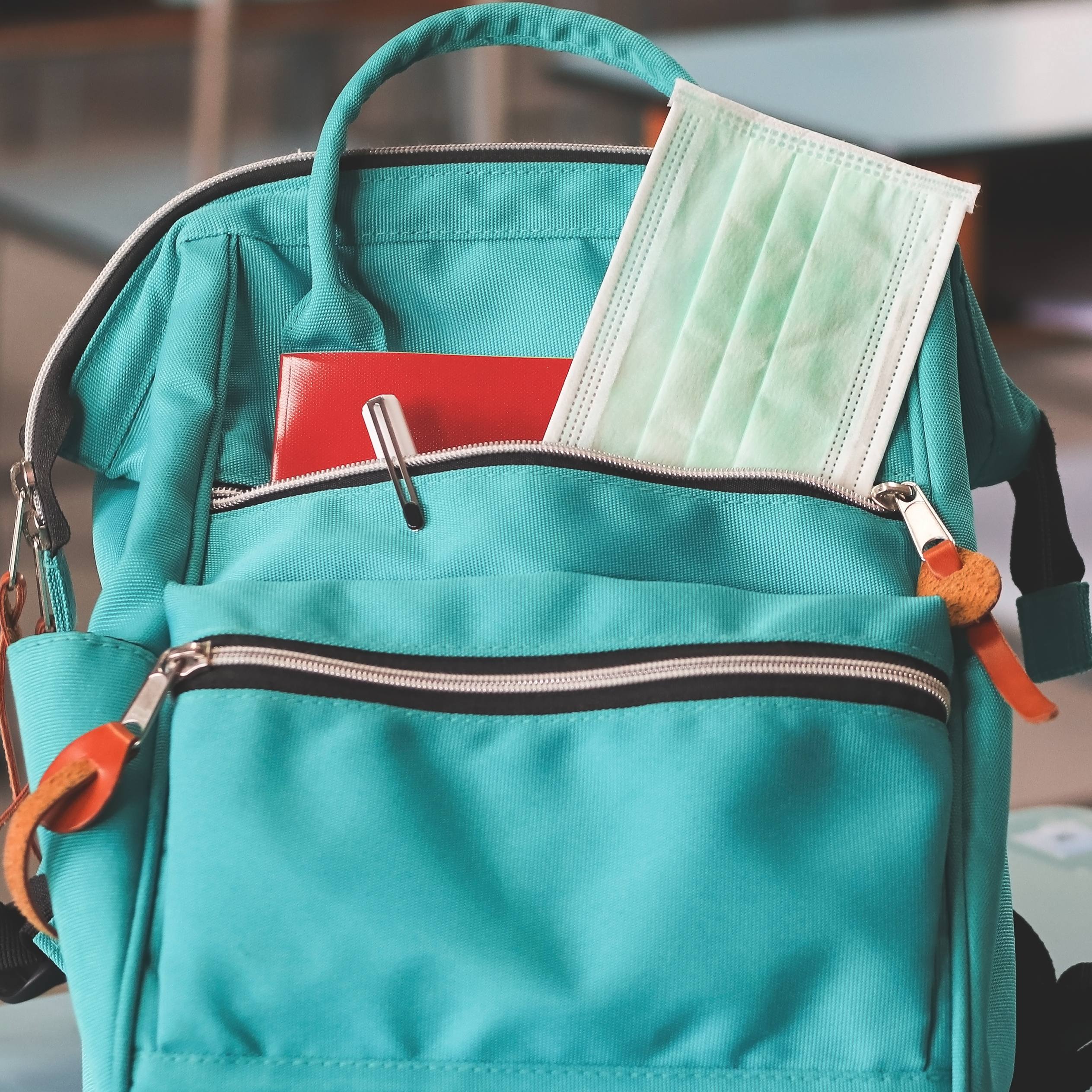-
Tuesday Q and A: Right treatment for knee bursitis depends on underlying cause
 DEAR MAYO CLINIC: What is the most effective way to treat knee bursitis? I have had it for months and the pain is worsening, but I have heard that even after treatment it can come back. Is there a way to prevent it in the future?
DEAR MAYO CLINIC: What is the most effective way to treat knee bursitis? I have had it for months and the pain is worsening, but I have heard that even after treatment it can come back. Is there a way to prevent it in the future?
ANSWER: Bursitis is a term used to describe a variety of disorders that involve inflammation in the knee’s soft tissues. These problems can be caused by exercise, injury, overuse or infection. In many cases, they resolve on their own with little or no treatment. But some cases of bursitis may require medical care. The right treatment usually depends on the underlying cause of bursitis.
Knee bursitis is inflammation of a bursa located near your knee joint. A bursa is a small fluid-filled sac that reduces friction and cushions pressure points between your bones and the tendons and muscles near your joints. Each of your knees has 11 bursae. While any of these can become inflamed, knee bursitis most commonly occurs over the kneecap or on the inner side of your knee below the joint.
Symptoms of knee bursitis usually involve swelling, pain, and tenderness in the area where the bursa is inflamed. When they first begin, symptoms often can be relieved by resting the knee, applying ice to it several times a day and elevating the knee. Medications that reduce inflammation also may be helpful, but check with your doctor before you take them to make sure they are safe for you.
When bursitis symptoms continue despite these self-care steps, or if your symptoms begin to limit your daily activities, then it is time to see your doctor for an evaluation. He or she may recommend a corticosteroid injection. This medication can help decrease inflammation and allow your knee to heal. A physical therapy program also may be useful. Exercises and stretching can help relieve symptoms by improving your knee’s flexibility and strength.
If you have redness or significant tenderness of your knee, if you develop a fever or are otherwise feeling ill, then the bursitis could be caused by an infection. Your doctor can check for an infection by using a small needle to take a sample of the bursa fluid and have it tested. If you do have an infection, you may need to take antibiotics to get rid of it. In rare cases, severe bursitis caused by an infection may require surgery to effectively treat the problem.
Finally, conditions that cause you to change the way you walk can produce knee bursitis. They include arthritis of the knee or hip, as well as conditions that affect other joints in your legs or back. If your doctor suspects such a condition, he or she may recommend you have imaging exams of your joints, such as X-rays, ultrasound tests or an MRI. Treating those conditions may help ease bursitis symptoms, too.
If you do not take steps to address the underlying cause that led to bursitis, it may come back in the future. Regularly doing strengthening and stretching exercises as directed by your doctor or physical therapist can help prevent bursitis. Wearing supportive shoes can make a difference, too. Proper management of other conditions, such as arthritis, also may reduce the chance that you will experience knee bursitis symptoms in the future. — Henry Clarke, M.D., Orthopedics, Mayo Clinic, Scottsdale, Ariz.
Related Articles







